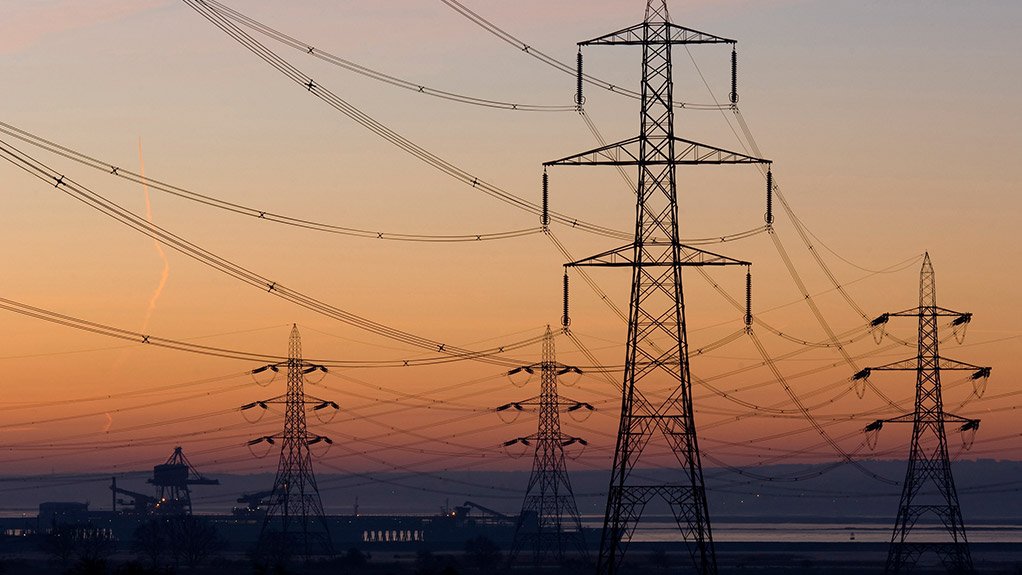Power utility Eskom will continue to engage with ratings agencies and various stakeholders on the implementation and progress of its turnaround strategy, the State-owned entity’s acting CFO said on Wednesday.
This follows after Standard & Poor’s (S&P’s) downgraded Eskom to CCC+.
In a report released on Wednesday, the ratings agency said the power utility remains at risk of facing a distressed exchange situation or default in the next six months, despite securing R30-billion in short-term funding from local and international funders this year.
“We now believe there is a lower likelihood that Eskom will receive extraordinary support from government, reflecting our view that government support for the utility over the past few months has been insufficient, given that the utility's liquidity concerns persist,” the report said.
It further stated that the negative outlook pointed to uncertainty regarding the extent and timeliness of government support for Eskom over the coming six months, considering the magnitude of the utility's funding deficit and refinancing risks.
S&P’s highlighted that, despite the near-term improvement in cash balances, Eskom has monthly debt service of between R2-billion and R6-billion over the next six months, excluding refinancing of its short-term bridge funding and recurring negative free cash flow.
Further, the 5.2% sub-inflation tariff increase awarded by the National Energy Regulator of South Africa in the 2019 fiscal year, against a budgeted 10.5% increase, is likely to exacerbate negative cash flow generation and weigh on already low investor sentiment.
“We, therefore, anticipate pronounced pressure on Eskom's fiscal 2019 financing plans, which include capital expenditure of around R55-billion and negative free cash flow, as well as refinancing R20-billion in bridge financing, and about R20-billion in scheduled debt maturities.
“Consequently, Eskom remains at risk of facing a distressed exchange situation or default in the next six months,” it said.
S&P’s acknowledged that Eskom was addressing its structural and liquidity challenges, including reducing its fiscal 2018 funding requirements by R14-billion to R54-billion, with the debt issuance reduction compensated by lower capex and operational cash outflows.
“However, given that the company has already rationalised its capital and operating expenditures significantly, we see limited additional scope for cost cuts in fiscal 2019.”
Eskom said the timing of the downgrade was unfortunate, as the State-owned entity believed it was starting to see some improvements in market sentiments.
“Eskom notes the decision by S&P’s to downgrade the credit rating as largely based on the strain on our liquidity levels. We have been, and continue to be, in extensive engagements with key stakeholders to resolve Eskom’s current governance related and liquidity issues,” acting CFO Calib Cassim said.
He added that Eskom has demonstrated visible actions that have been implemented to turn itself around.
EMAIL THIS ARTICLE SAVE THIS ARTICLE ARTICLE ENQUIRY
To subscribe email subscriptions@creamermedia.co.za or click here
To advertise email advertising@creamermedia.co.za or click here











